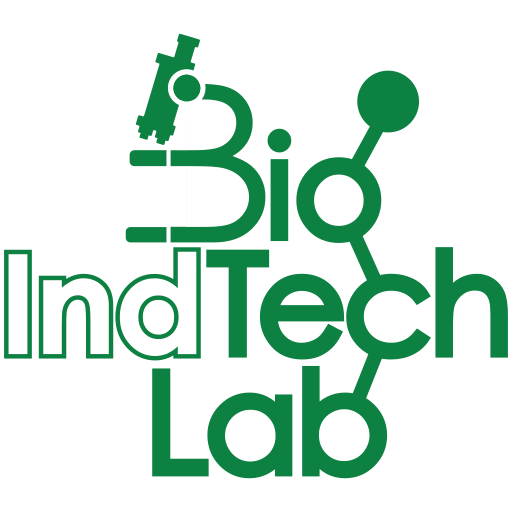Sustainable rubber compounds: innovation from production to biodegradation
Why
- Pirelli aims to achieve at least 80% renewable and recyclable materials in its products by 2030.
- Alignment with European Union regulations and the “Safe and Sustainable by Design” (SSbD) framework.
- Tyre wear contributes approximately 5% to total ambient particulate matter (PM) emissions (around 110 mg/km/vehicle of PM10), and is also a relevant source of microplastics (estimated between 0.23–1.9 kg/year per person).
- Limited knowledge is available on the degradation mechanisms of tyre and road wear particles (TRWPs), particularly regarding the specific microbial communities involved and the detailed biochemical pathways through which degradation occurs.
What
The CORIMAV Consortium was established in 2001 through the collaboration between the University of Milano-Bicocca and Pirelli Tyres and is recognized by the European Commission as a best practice in university–industry collaboration.
It promotes joint research activities in the field of advanced materials, supporting innovative projects between academia and industry.
Within this framework, the IndBioTech Lab, led by Prof. Paola Branduardi, is actively contributing to two research lines. One is studying the environmental aging and biodegradation of rubber-based compounds, with the aim of evaluating their end-of-life behaviour in a circular economy perspective.
The other is dedicated to the development of sustainable biobased materials for tyre manufacturing.
The two projects address, in a complementary way, the challenges related to the entire lifecycle of elastomers, from bio-based origins to environmental degradation, involving both the department of Material Science and Bioscience and Biotechnology, promoting a multidisciplinary approach.
How
Our approach combines analytical and biotechnological strategies to enhance the sustainability of tyre materials.
On one side, we study the degradation dynamics of rubber compounds under simulated environmental aging to understand tyre biodegradability.
On the other, we exploit microbial cell factories to biosynthesize alternative polymers and functional building blocks, replacing fossil-derived ingredients in elastomer formulations.
https://doi.org/10.1002/cbic.202000643 🡪







